by Taylor Damonte, Ph.D., director of the Clay Brittain Jr. Center for Resort Tourism, and Gary Loftus, director of the Grant Center for Real Estate and Economic Development, E. Craig Wall Sr. College of Business Administration, Coastal Carolina University
Prior to Hurricane Florence, 2018 seemed to be turning out to be a normal year for tourism along the Grand Strand. Below, the researchers in the Clay Brittain Jr. Center for Resort Tourism and the Grant Center for Real Estate and Economic Development estimate the year-to-date lodging business performance as of Sept. 8, 2018, along with the most recent five years.
During 2018, 62 percent of the units in the centers’ combined sample of hotel, condo-hotel and campsites (HC-HCs) were occupied, up by 1.1 occupancy points or 1.9 percent compared with the equivalent weeks of 2017. Average daily rate (ADR) per unit for these properties was up by 5.1 percent. Consequently, revenue per available room in the HC-HC segment increased by 7 percent during 2018 to date this year.
Center researchers define the vacation rental property (VRP) segment as those homes and condominium properties rented primarily on a weekly basis. Based on that definition, researchers assume the VRP segment accounts for approximately 20 percent to 25 percent of the total transient lodging available in the coastal section of Horry County, depending on the season. The centers estimate performance of the VRP segment by observing 10 percent of the property websites, for which weekly room status and advertised pricing information is publicly available online.
For the centers’ sample of VRPs rented weekly during the first 37 rental weeks of 2018, 63.9 percent were reserved or blocked, an increase of 0.4 occupancy point or 0.6 percent compared with the equivalent weeks of 2017. Average weekly rate per unit, which the centers estimate based on the price advertised by each property on the internet, was down by 3.3 percent. Consequently, revenue per available unit in the VRP segment was down by 2.7 percent during 2017 to date this year.
The monthly results through August 2018 are available in the CVB Insider section of this issue. Please keep in mind that in 2018, there were five weekends in August. The last year that was the case was 2015. In that year the average percentage of HC-HC units occupied (APO) for August was 74 percent. Consequently, APO for August 2018 was up 7.5 occupancy points or 10.1 percent compared with that of August 2015.
The performance results for the summer weeks alone can be viewed at www.coastal.edu/business/resort/research. The most recent CCU Lodging Update is always there as well.
For information on how to participate in the centers’ ongoing tourism economy study and gain access to more fine-grained reports and analysis, email tdamonte@coastal.edu or gloftus@coastal.edu.


